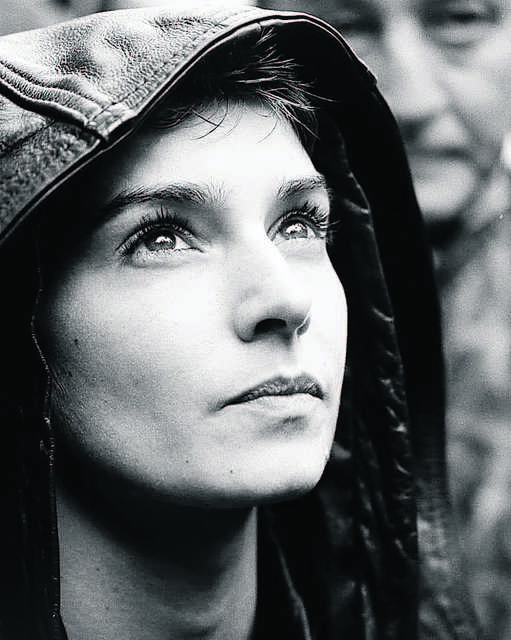The term “iconic” gets thrown around with liberal abandon in this day and age, but Sinéad O’Connor is more than deserving of the title.
The singer, who passed away last week, generated an outpouring of grief on social media upon her death that seems different from the usual wall of remembrance that greets a celebrity’s passing.
O’Connor was the face of an Ireland that was finding its voice on the global stage, and represented everything that we like to think Ireland stands for; the nation of druids and poets that looks out for the less fortunate in society.
The late 1980s and early 1990s saw a turning point in Ireland’s fortunes as it looked to shake off years of economic turmoil, high emigration levels, and started to become a society that looked to move with the times.
When Nothing Compares 2 U hit number one in January 1990, homosexuality, abortion, and divorce were all illegal in Ireland.
As O’Connor’s haunting voice played across radio stations across the world and the image of her face on a black background played on every television screen, Ireland was a country that was a step out of time.
O’Connor was never afraid to speak her mind, and while musicians being politically active is taken for granted in the modern day, O’Connor did so not because she thought it would get her brownie points, it’s because it is what she truly believed in.
In recent weeks, The 1975 generated controversy for staging a same-sex kiss on stage in the socially conservative Malaysia, and have been accused by fans and critics of merely performing the act as a publicity stunt leaving actual LGBTQ+ fans in the country to deal with the consequences of their actions.
When O’Connor tore up a photo of Pope John Paul II on Saturday Night Live in 1992, she did it not because she thought it would get her attention, it was tied to her deeply held personal beliefs.
Her commercial career never reached the same heights she attained before the incident, but with the benefit of hindsight it is clear she could not care less about the bottom line; it was the message and the beliefs behind it that mattered.
In her 2021 autobiography, O’Connor said “a lot of people say or think that tearing up the pope’s photo derailed my career. That’s not how I feel about it.”
“I feel that having a number-one record derailed my career, and my tearing the photo put me back on the right track.”
When she won a Grammy in 1991, O’Connor refused to attend the ceremony, writing that she wasn’t interested in participating in what she called the “false and materialistic values” of the music industry.
“As artists, I believe our function is to express the feelings of the human race–to always speak the truth and never keep it hidden even though we are operating in a world which does not like the sound of the truth,” she wrote. “I believe that our purpose is to inspire and, in some way, guide and heal the human race, of which we are all equal members.”
Musicians using their platform to shine a spotlight on their beliefs are nothing new – Marvin Gaye, The Clash, Sam Cooke and Billie Holiday are just some of the artists who used their platform to call out the injustices of the world – but it was O’Connor’s unflinching and uncompromising stance in the face of public scrutiny that cemented her place in Irish folklore.
As Ireland found its feet in the 1990s as a nation that punched above its weight in the worlds of sport, music, film, and literature, O’Connor represented an Ireland that was moving away from Mass on a Sunday morning, and more of an outward-facing nation that challenged the norms set by previous generations.
In over 30 years in the spotlight, O’Connor never backed down from what she believed in, even when it went against the court of public opinion – that is the mark of a true superstar.
In 1990, at the height of the HIV/AIDS crisis, she wore a t-shirt in support of the Dublin AIDS Alliance (now HIV Ireland) during an appearance on the Late Late Show.
The Late Late Show in the Gay Byrne era saw people from all walks of life and beliefs appear on the show, and the biggest star in the music world at the time showed her support for a minority that was in dire need of it.
For someone of that calibre to nail their colours to the mast on an issue that at the time, an issue that was still very much taboo and had a large amount of stigma attached to it, represents everything that Sinéad O’Connor stood for.
A diverse and electric range of tributes, ranging from the Taoiseach, a member of Rage Against The Machine, Ice-T, Russell Crowe, Michael Stipe, Women’s Aid, and Tori Amos is a testament to just how many lives she touched.
The Irish arts scene is forever indebted to the trailblazing legacy of Sinéad O’Connor, and her prose, voice, and activism won’t be forgotten in a hurry.
